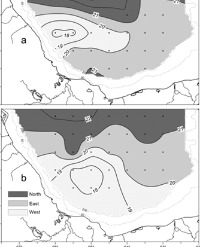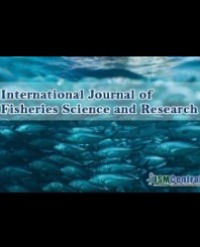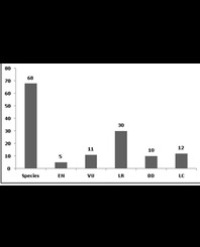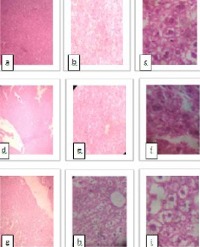
Neritic Larval Fish Distribution in the Oceanic Area of the Campeche Bay, Gulf of Mexico
Composition and abundance of larval fishes in Campeche Bay were studied during two seasons, winter, 2013 (24 stations) and summer, 2014 (31 stations). Sampling was carried out with open-close nets, mouth 75 cm and 505 µm mesh. The data of salinity and temperature allowed distinguishing three oceanic sub-regions: North, East, and West. There were 236 taxa, belonging to 74 families, 168 species, 154 taxa occurred in winter and 171 in summer; the composition in both cruises was similar with around 70 % of oceanic and 30 % of neritic larvae. The larval density was almost three times larger in summer than winter. The Campeche Bay hydrodynamics fits well with the results; the West sub-region is located where a cyclonic gyre takes place, the North and East sub regions are located in the area of influence of warm currents over the Yucatan shelf. The hydrodynamics also allows understanding the differences in the proportion of neritic larvae among the three oceanic sub-regions, the West and East with the lower and higher number of neritic larvae, respectively. The large difference among regions is related to some neritic taxa occurring exclusively in some of them. Of the total taxa, 55 neritic occurred only once and it means that more than a half of neritic taxa were represented by one organism, 31 from 85 neritic taxa occurred in the layers of 600 to 1000 m depth. Of the neritic larvae, only Syacium papillosum and Apogon sp. appear among the 20 more abundant.
Flores-Coto C*, Zavala-García F and Sanvicente-Añorve L




